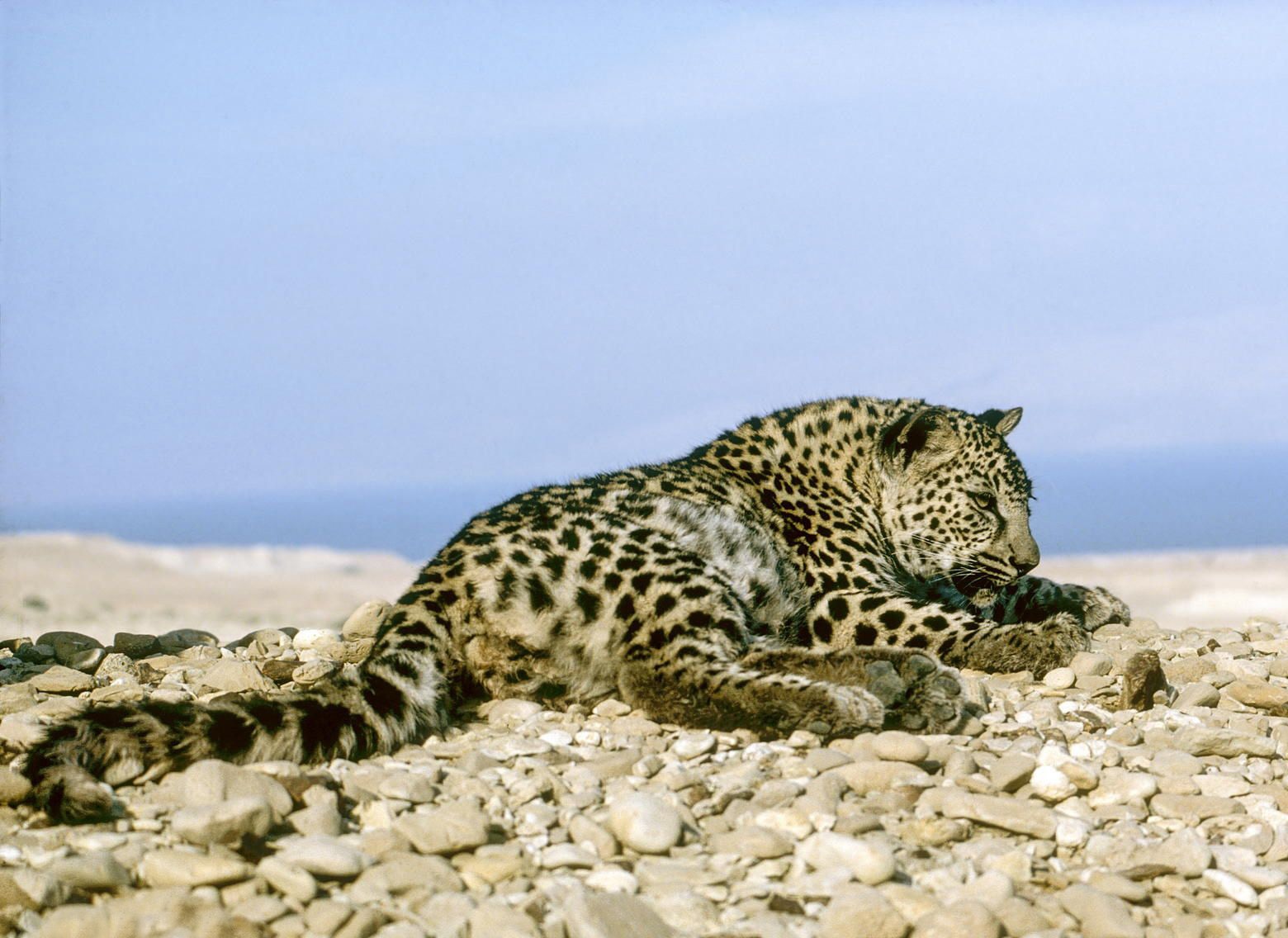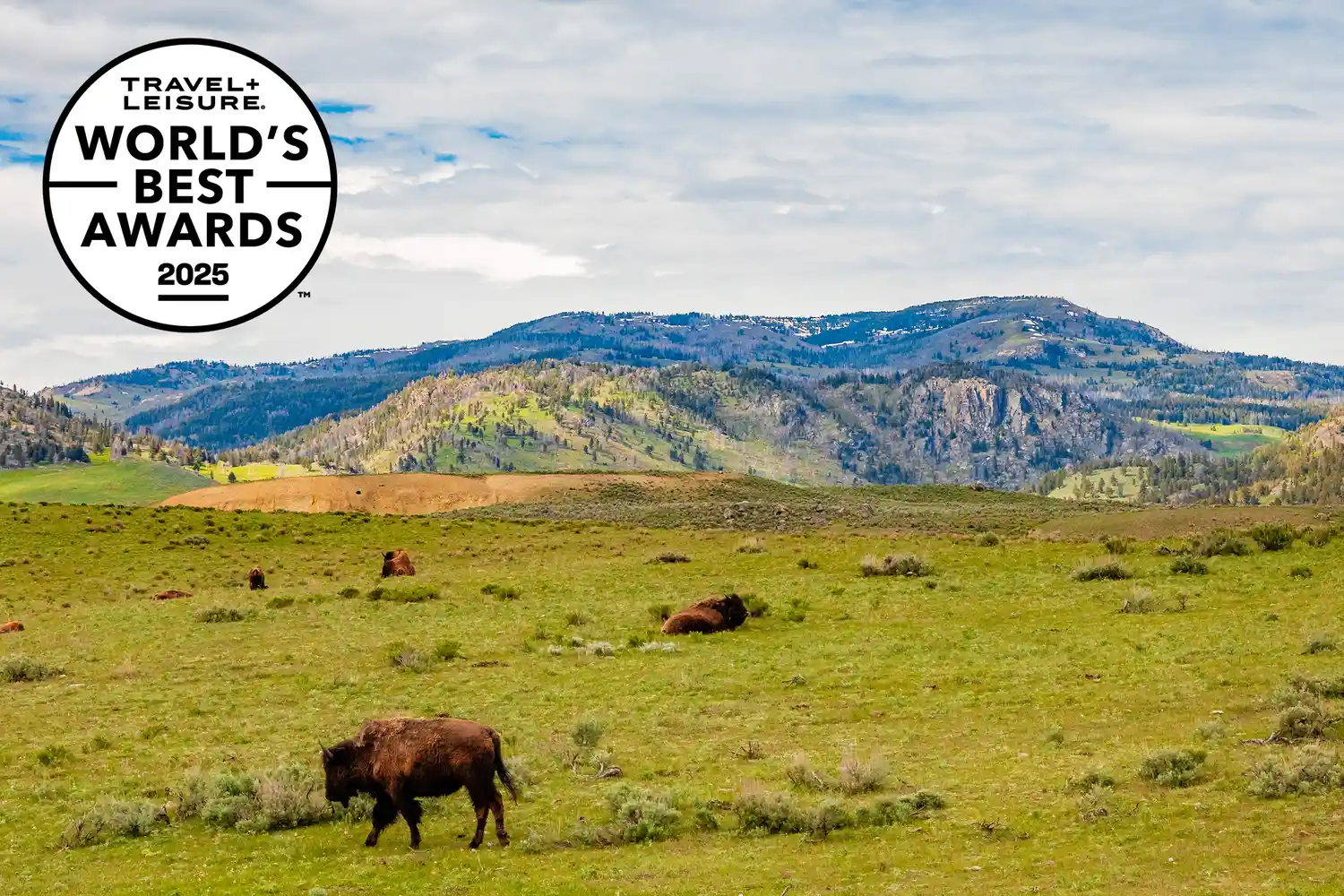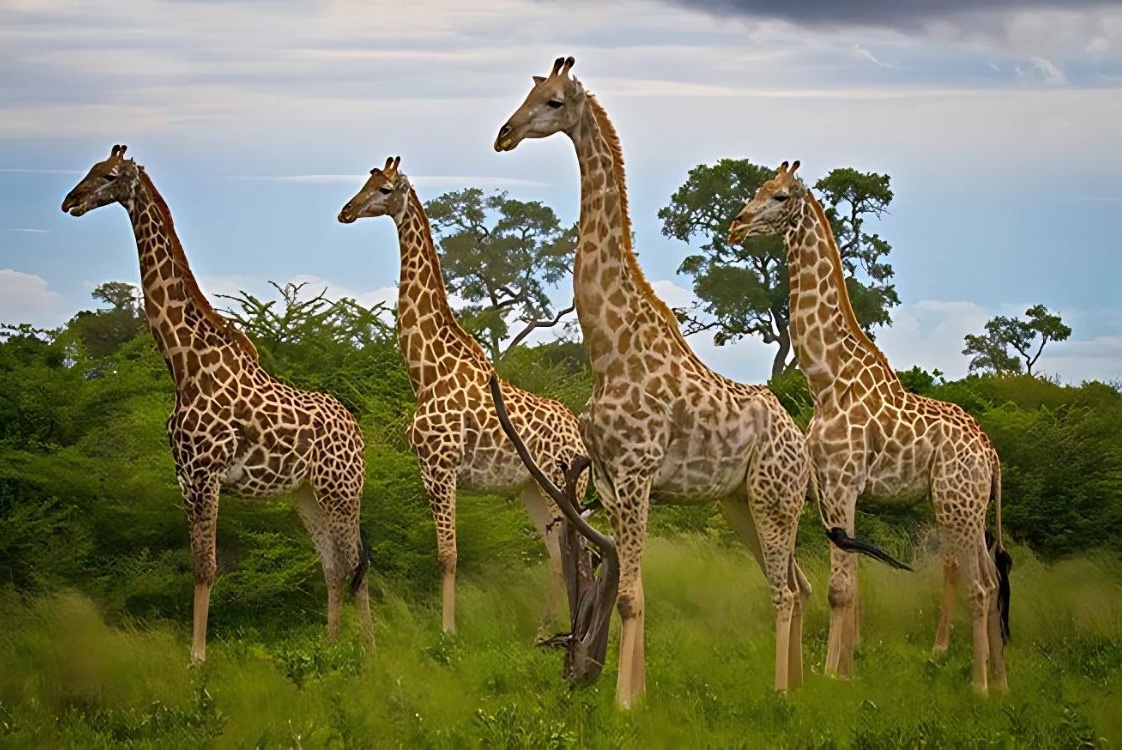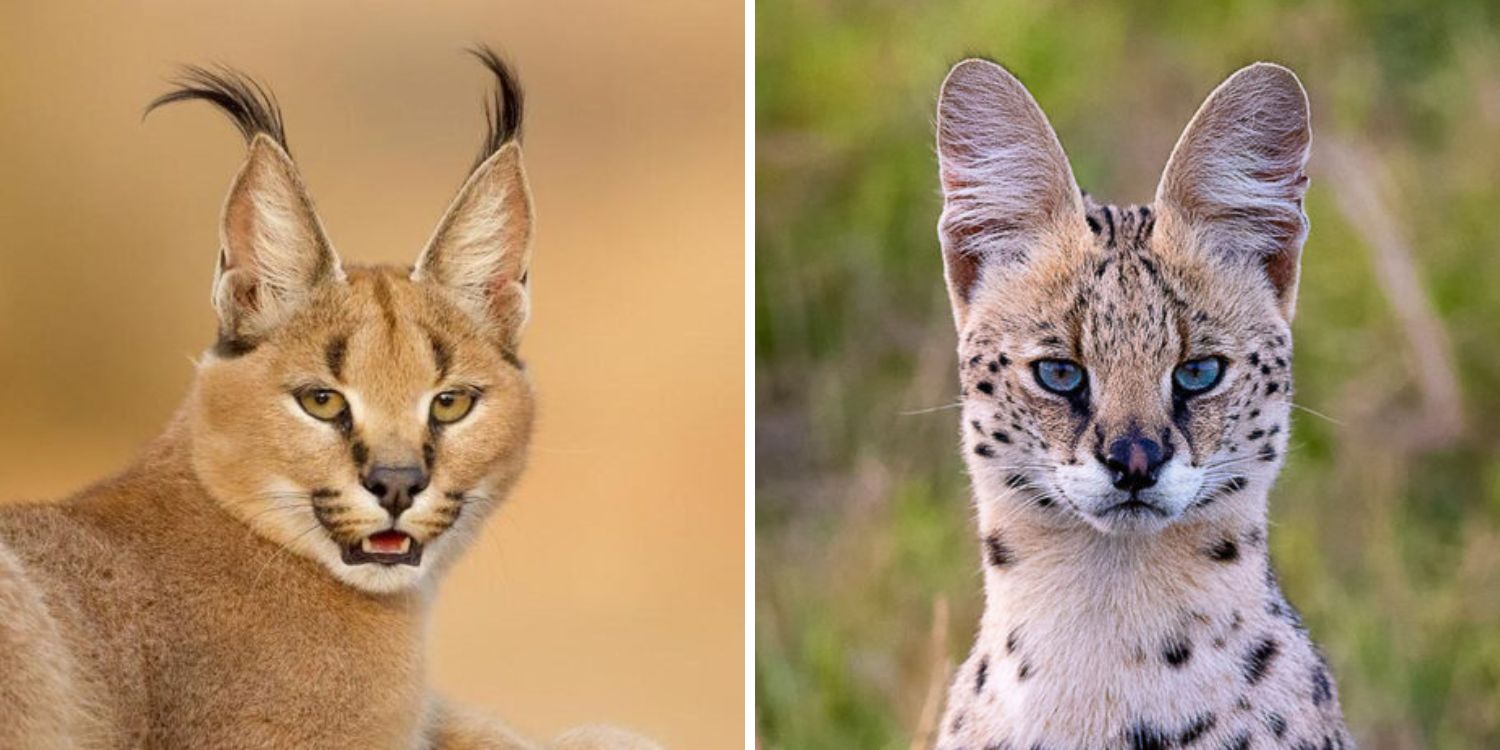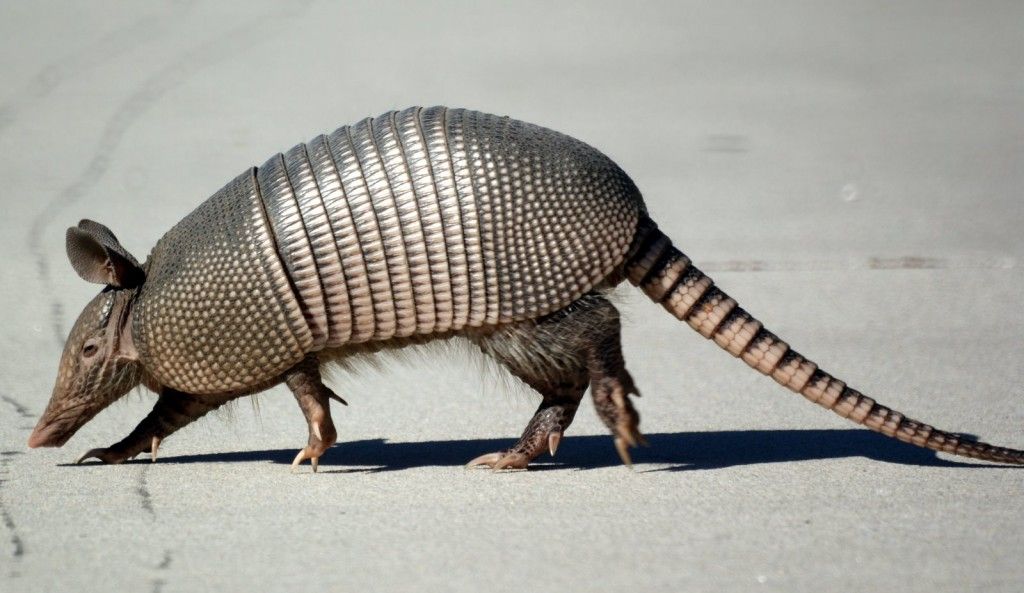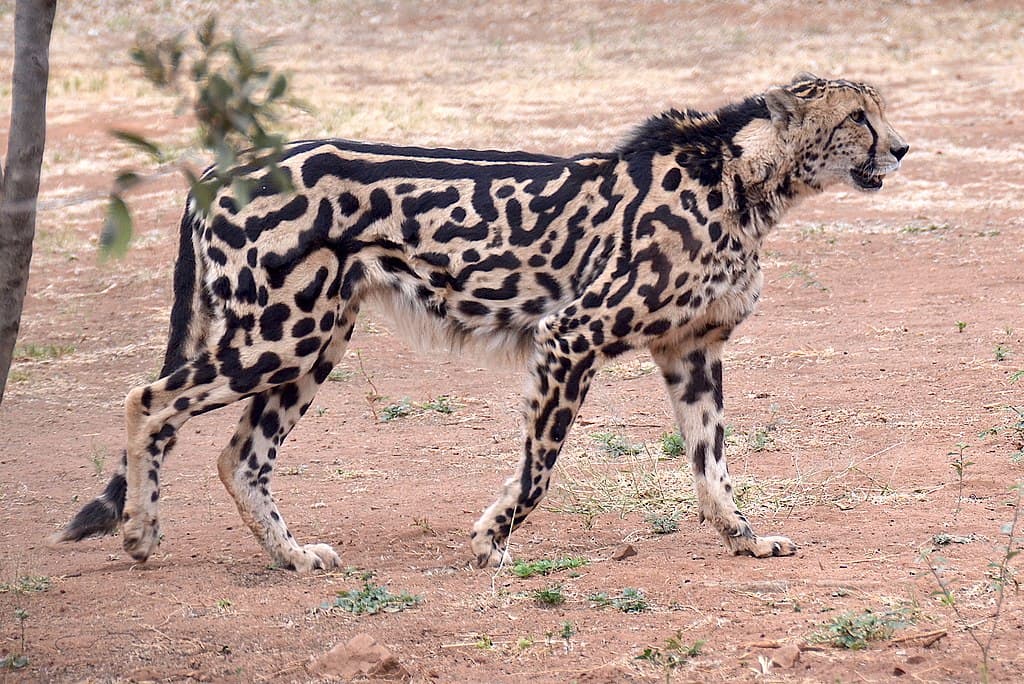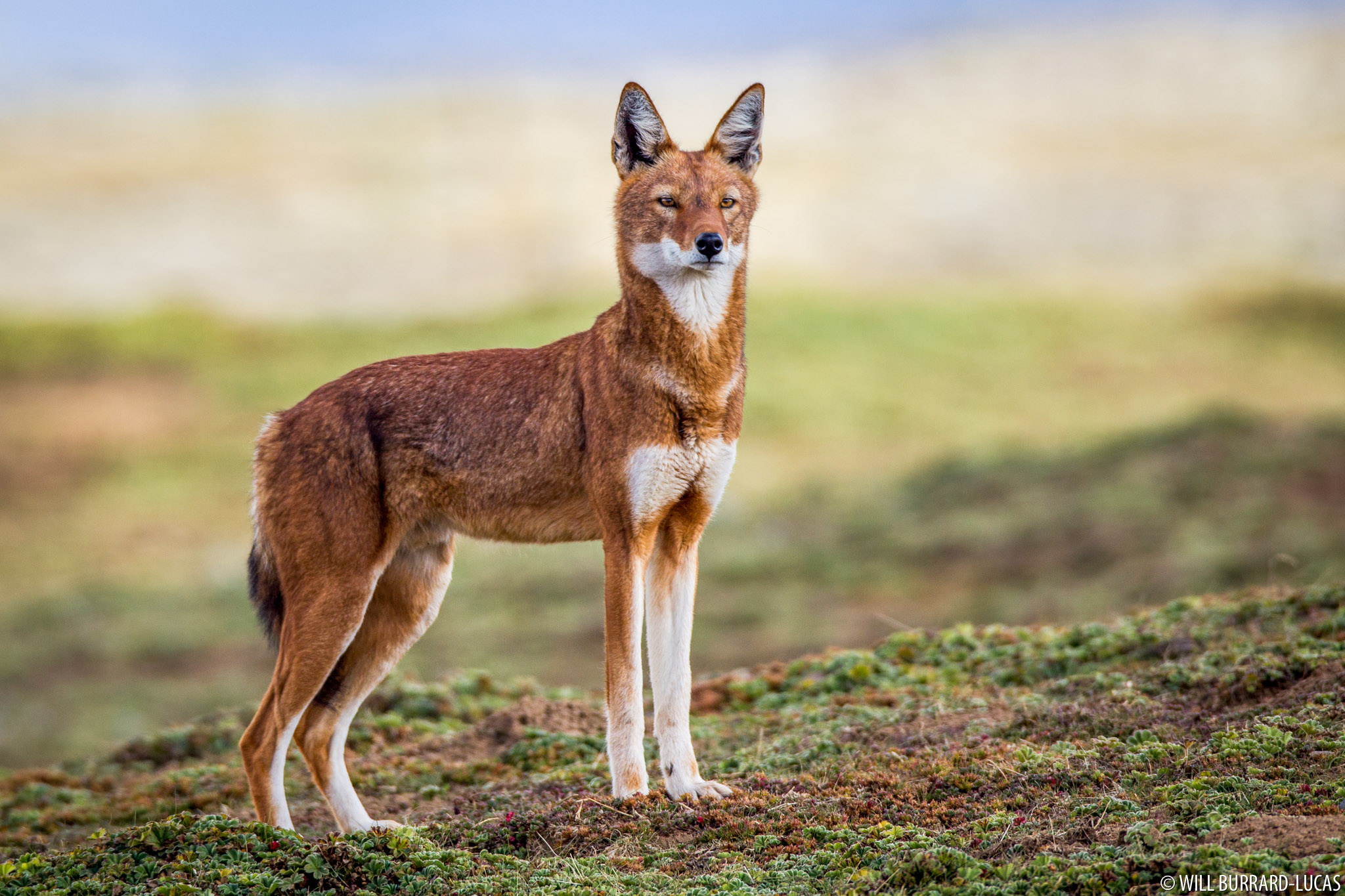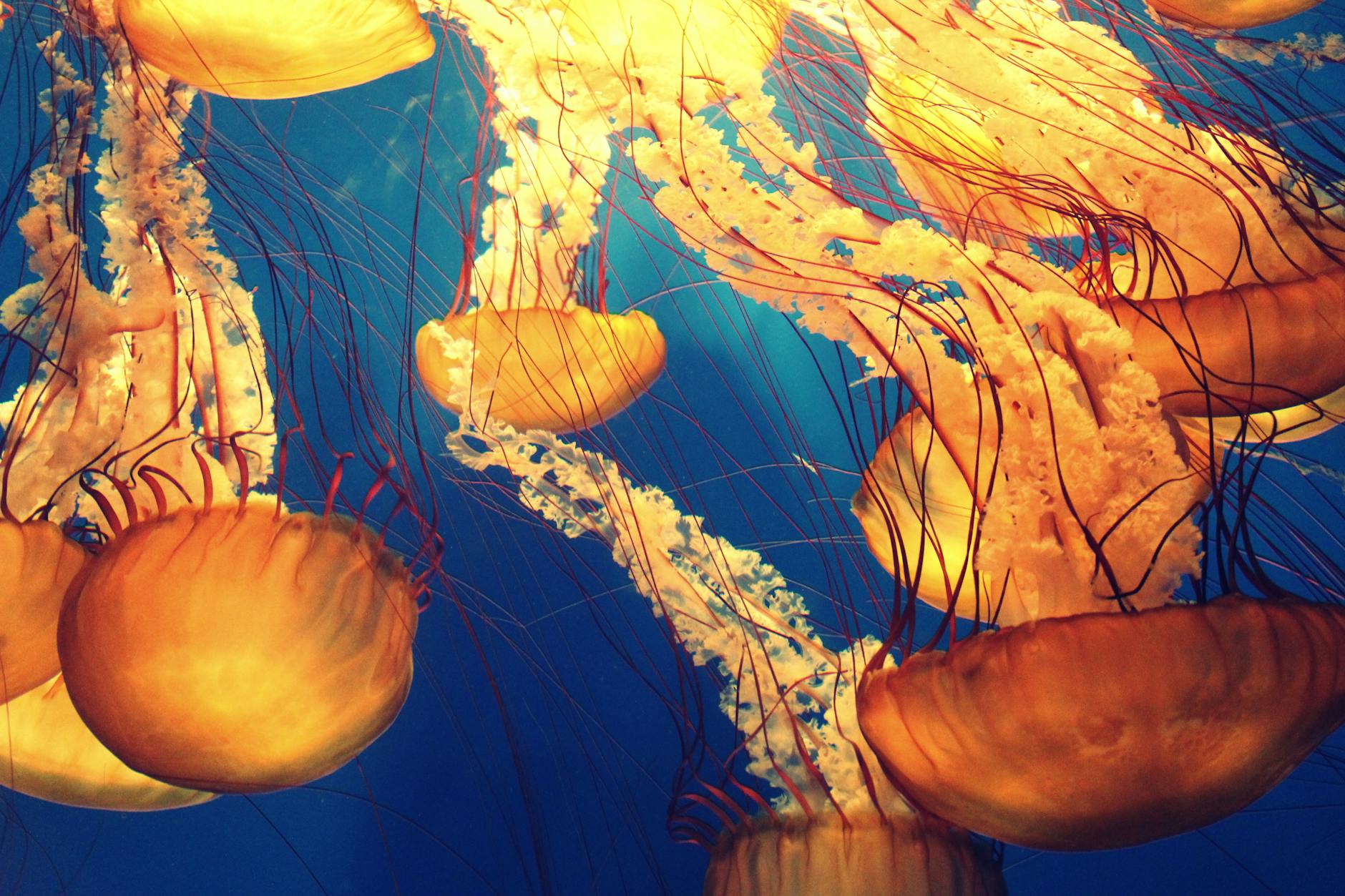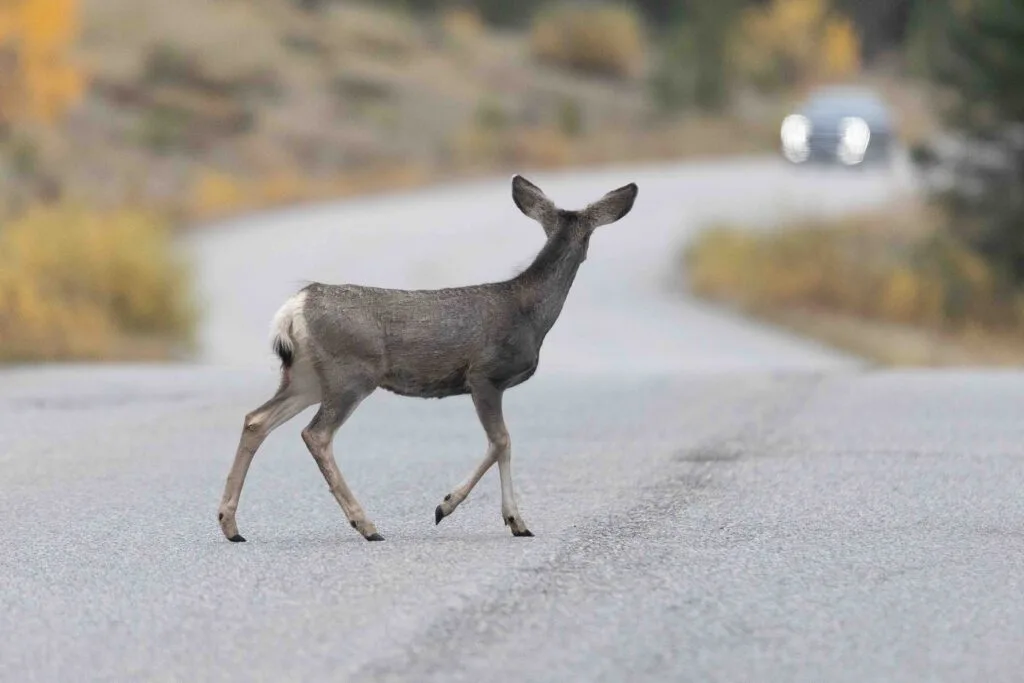
July 9, 2025
Two U.S. states are ramping up efforts to reduce wildlife–vehicle collisions and restore critical habitat connectivity. From Colorado’s new overpass on I‑25 to Washington’s statewide habitat plan, the message is clear: protecting animals means safer roads for everyone.
Colorado Overpass on I‑25
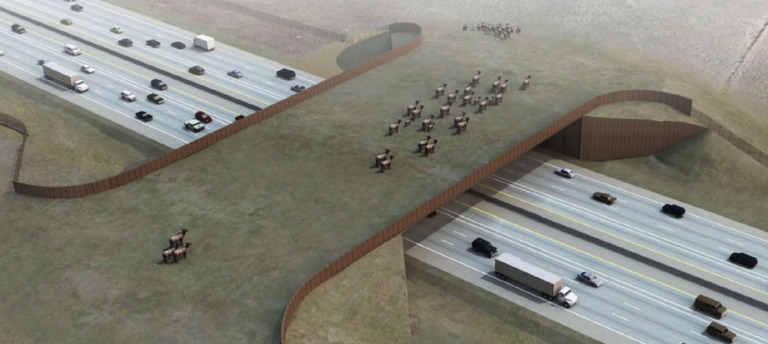
- A $26 million wildlife overpass is being built near Monument on Interstate 25, positioned between Denver and Colorado Springs—a stretch notorious for wildlife crossings and collisions (NBC Right Now, Dailyfly).
- The project includes fencing, underpasses, and the bridge itself, funded through state and federal sources like the Bipartisan Infrastructure Law .
- Modeled on successful crossings in Banff (Canada) and Utah’s Parleys Canyon, such projects can reduce animal–vehicle collisions by over 80% . Construction is scheduled for completion by the end of 2025.
Washington’s Habitat Connectivity Action Plan
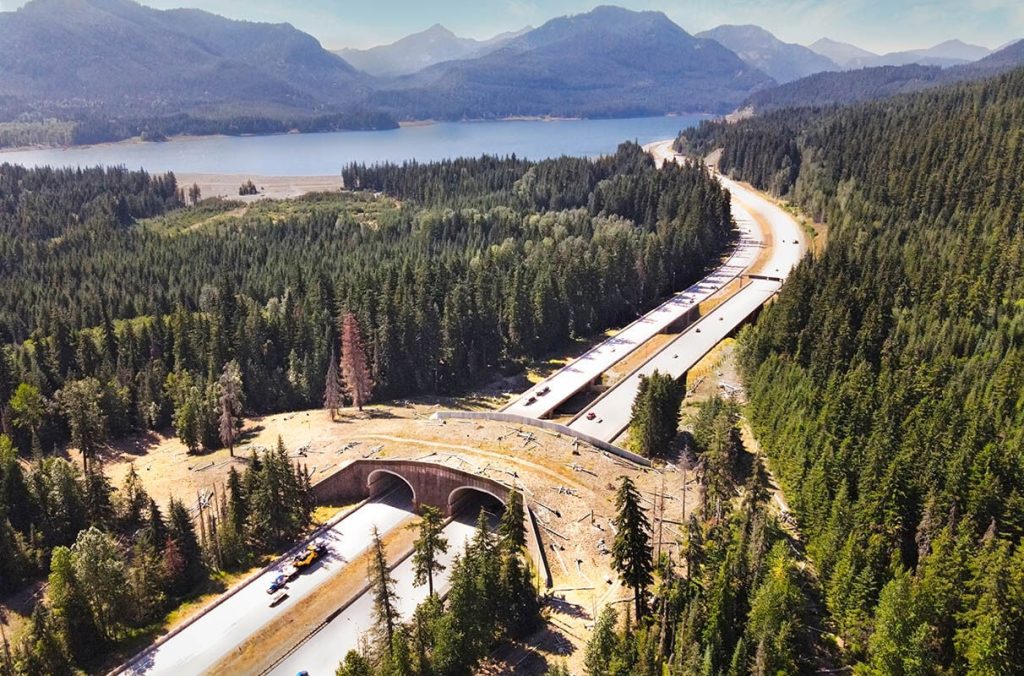
- On July 2, the Washington Departments of Fish & Wildlife (WDFW) and Transportation (WSDOT) unveiled the Washington Habitat Connectivity Action Plan (WAHCAP), a statewide roadmap to help wildlife move safely across roads and through fragmented landscapes (WDFW).
- The plan identifies 13 large-scale “connected landscapes” and highlights 38 priority highway segments—such as U.S. 2 near Cashmere and I‑90 near Snoqualmie Pass—where crossings, culvert retrofits, and fences could make a significant impact (Washington State Standard).
- Between 2019 and 2023 on just one U.S. 2 corridor, officials removed 32 deer carcasses and documented 19 collisions alongside five human injuries (Washington State Standard).
- Building on earlier successes—like the I‑90 wildlife overpasses east of Snoqualmie which have recorded tens of thousands of safe wildlife crossings—the initiative offers interactive mapping tools and planning data for local governments, tribes, and conservation groups (KHQ News).
Why It Matters
| Benefit | Description |
|---|---|
| Safety | Each year, wildlife–vehicle collisions cause human injuries, animal deaths, and millions in damages. |
| Ecological | Roads fragment habitats, and these crossings help reconnect migration routes for deer, elk, bears, cougars, and other species. |
| Replication model | Successful projects in Canada, Utah, and now Washington serve as proven templates for more infrastructure investments nationwide. |
Bottom Line: Colorado’s new I‑25 overpass and Washington’s comprehensive habitat connectivity plan both aim to strike a dual win: reducing wildlife–vehicle collisions and restoring ecological pathways. With data-driven design, cross-agency collaboration, and funding from infrastructure bills, both states are leading the way. And with construction set through 2028, communities and ecosystems alike have a brighter, safer road ahead.
Disclaimer: This blog post is for edutainment purposes only and may not be entirely accurate.

